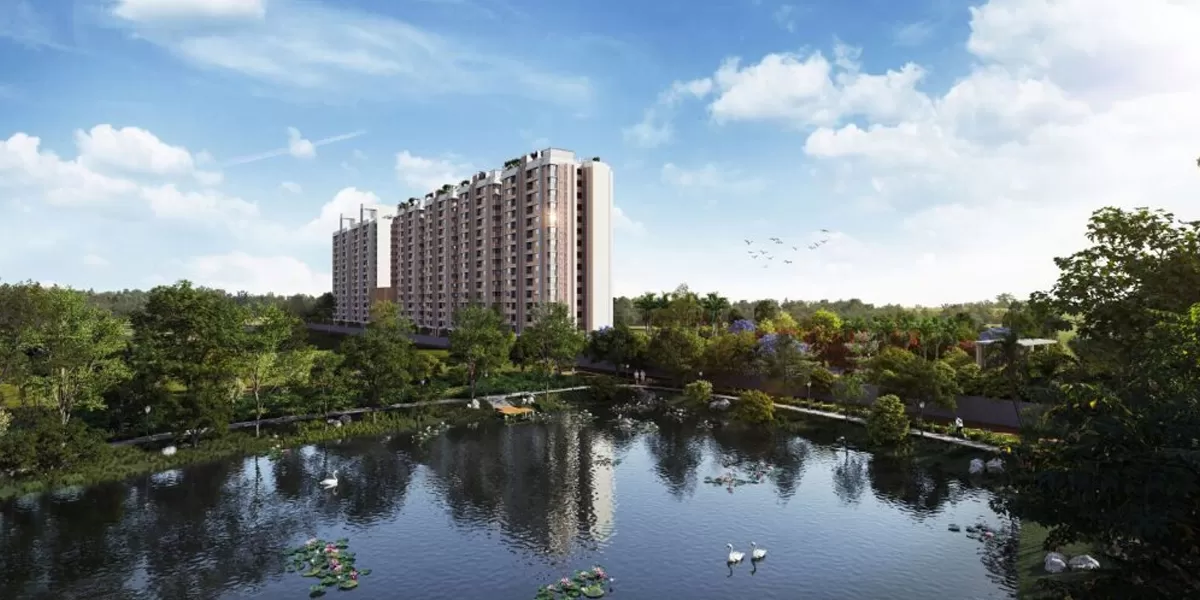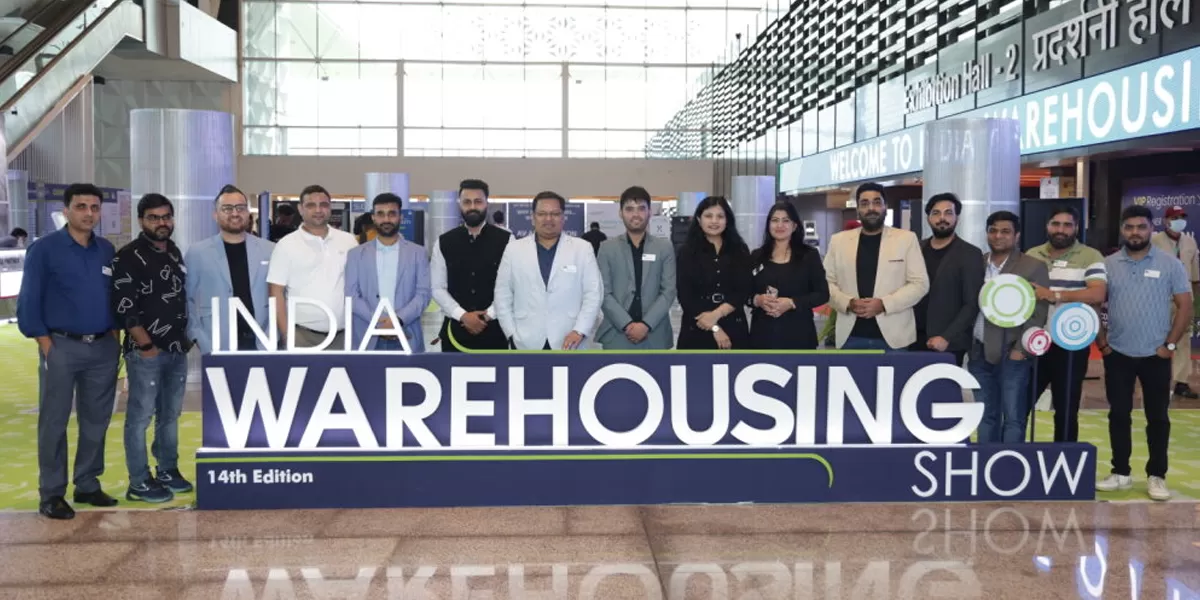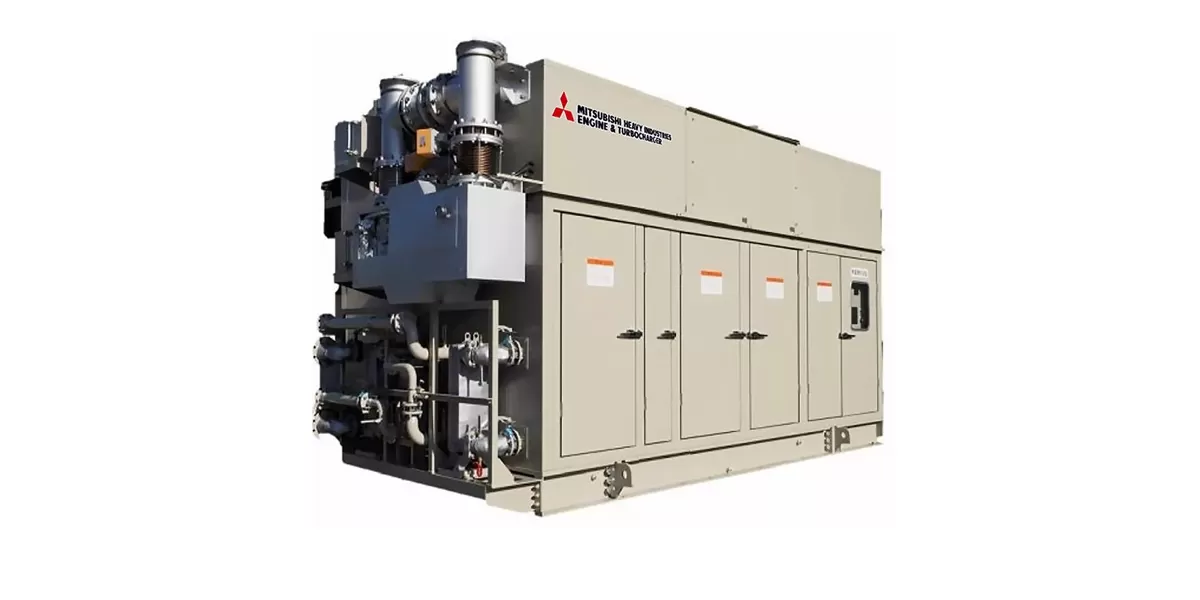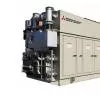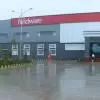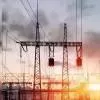From Kolkata to Delhi, the Metro has travelled a very long distance in India. Close on the heels of the success of the Delhi Metro, all the major cities in the country are now on for the ride. The man behind Delhi Metro, E Sreedharan shares his experience in an exclusive interview with Editor-in-Chief Pratap Vijay Padode. Excerpts….
Though Metro services have been in India since the late 1970s, the demand has picked up only in the last decade. Do you think that the success of Delhi Metro has played a crucial role?
The very first metro in the country was started in Kolkata in 1976. Unfortunately, the 17-km project took 22 years to complete during which the cost went up 14 times. That was a deterrent for metro projects to proceed in the country. The Metro Projects Organisation was originally set up for Delhi, Mumbai, Chennai and Kolkata. But all the other cities backed out seeing the Kolkata experience. However, the atmosphere changed with Phase 1 of the Delhi Metro, which we managed to finish in seven years. The credibility and the need to have a metro were established. This gave confidence to other state governments and cities to take up metro projects. Now we have projects in Bengaluru and Chennai; and a second line has been sanctioned in Kolkata. DMRC carried out the assessment study and investigation for all the three metros and helped the state governments to get the projects cleared.
The Delhi Metro constituted a departure from the Organisation set-up. It was a joint effort by the state and Central government. The two governments are putting up 40 per cent of the cost of the project with the remaining equity being borrowed. Once the government comes into this project as an equity partner, there is no other liability as far as the government is concerned. For operation and maintenance, there is no need to depend on the government. Metros can be made self-sustainable at least from the cash flow point of view.
How have you managed this when metros around the world are dependent on the government?
We received certain concessions from the government right from the beginning from taxes and duties. We pay no import duty on equipment. We were not even paying excise duty at that time. That itself accounts for 15-16 per cent of the cost of the project. The land was also provided at concessional rate. The most important reason why we have been able to make a good profit is the loan we got from Japan at a concessional rate of 1.3 per cent. There is a moratorium of 10 years, and repayment is 20 years. Another factor is our own strict management, the manpower. Generally, in a metro, a third of the total operating cost is manpower; a third is energy as the whole thing runs on electricity; and the balance is other things like spare parts and materials. The international standard is 45 persons per km; we have been able to achieve 37-38. Manpower cost in India is low. With regard to energy, the Delhi Government came to our rescue and agreed to provide it to us on a no-profit no-loss basis at cost. We don’t pay any profit we get.
Does the agreement apply to private companies entering the power sector in Delhi?
Even if private operators come to Delhi, the government will continue to supply us power in bulk. The distribution companies have no role to play in our supply. We take power depending upon the length of the line from four to five nominated points. We have our own distribution system and equipment. It’s one of the main reasons why we have been able to keep down the operating cost.
What is the power consumption for Delhi Metro?
The power requirement is huge. But compared to the power requirement of the city the percentage would be very small.
Do you think power will be a stumbling block in the other three cities where metros are coming up?
The power requirement of the project is generally 3-4 per cent of the requirement of the whole city. That’s not a huge amount of power.
A few of our metro projects are being addressed through PPP, another few through EPC. Which do you believe will work better in our conditions?
Metros are generally not profit making organisations. Usually in a metro project, the financial rate of return is 3-3.5 per cent. When the rate is low, which private party will come in and invest? They want a return of 16-18 per cent minimum. So a private party will not come and invest in the metro unless given a lot of other sweeteners. Nowhere in the world has a metro project succeeded on PPP model. There are a few projects started elsewhere like Kuala Lumpur where two projects were started on PPP model. But after three to four years of operation they became bankrupt. The government had to take over the project. In India, it is being done for the first time for the Mumbai Metro line 1. How it fares remains to be seen.
Should the metro make a profit?
No, it won’t be able to make a profit because we have to keep the price of tickets low. It depends on the fare you charge. You cannot have the fare too much higher than a bus. If you want to keep the cost low to make it affordable to ordinary people, it cannot be more than one or one-and-a-half times the bus. If it is more than that, people won’t use it.
But in advanced countries where the basic standard of living is high, do you think a higher ticket rate will make the metro profitable?
No; the metro is viable. They may be making an operating profit but the entire capital cost is given by the government. The company only runs it. At that time they can make an operating profit. But if they have an added responsibility to pay back the loan they have taken, they will not be able to survive.
The Delhi Metro has now made this kind of travel aspirational across the country. Is it a viable option for our smaller cities too?
It is not a question of viability but necessity. There are cities that cannot survive without a metro. Normally, we have seen that if the population of a city is more than 30 lakh, it definitely needs a metro. The travel demand will be so high that it cannot be met by buses alone. A large number of private cars on the street choke the road. Good public transport like the metro will take away the congestion from the road.
By what percentage, in your estimate, has Delhi Metro been able to take the load off the city’s roads?
Today, we are carrying 1.1 million passengers a day. The total number of commuters in the city is said to be about
16 million, which means we are carrying 17 per cent of commuters. We want to raise it to 30 per cent. As far as expansion is concerned we have a rolling programme. The four-phase programme is on till 2021. Two phases are over; the third phase will start by the end of the year and the last phase by 2015. By the time we end the fourth phase it will be necessary to have a fifth phase as well. This will be in the form of new areas to be opened up for the metro.
How do you accelerate capacity expansion to meet large ridership volumes?
Today, we run four-coach trains at four minute intervals. Our system is such that we can run six-coach or eight-coach trains. The moment we extend the length to eight coaches, the capacity is doubled. We can also reduce the interval from four minutes to two minutes. So the existing system has the capacity to take four times this load. We have ordered more trains to ease the pressure. Sufficient number of trains should have come a year earlier but this was delayed. And we never expected the ridership to increase so fast. When we started it was just 20,000; today, it is 11 lakh.
Another constraint is that we do not have contractors with the ability to execute large projects and finish them on time….
It is a big problem in our country. The construction industry is not geared up to meet the challenges of infrastructure explosion. Contractors are not available. They have no sense of time and lack commitment. For the Delhi Metro, we worked with both foreign and Indian contractors. Foreign contractors finish their work in time, which is of a high quality, and want to get out. But the Indian contractor will drag on.
The Indian construction industry is yet to absorb the culture of finishing work in time and carrying out work in a safe manner. We have one or two contractors we can depend upon. Indian contractors are certainly not up to international standards. I have spoken about it in public forums. They did not like it. These days they do not invite me for meetings! But we have to change. The whole problem arises because of cut-throat competition. There are many contractors and they want to get a contract anyhow. They cannot perform. They don’t have the ethics to correctly assess themselves so that they are able to perform.
But now we do not go in for the lowest tender anymore. Haven’t tender parameters changed?
All government contracts are still awarded to the lowest bidder. If you change, a lot of corruption can come in. Contractors have to be responsible. They can quote good rates. But the construction industry cannot work in isolation. They require a lot of support, like the machinery support. The contractor cannot be expected to own all the machinery. There should be agencies in the country who own this equipment. But That is lacking. If a crane fails at a site today, it takes a month to replace it. We end up repairing it because there is no infrastructure available in the country to replace the crane the next day. This is ordinary machinery. Abroad, they have an equipment bank where they can call up and get the machinery. The government cannot do anything. It has to come from the private parties.
What role can the government play?
The government can make certain regulations with regard to safety, quality and type of people to engage. In Hong Kong, for example, the contractor has to adhere to very strict security measures. He will be arrested otherwise. In India, there is no such regulation. There is not even an agency to certify the safety of a crane in the country. The government has to take
a proactive role to lay down the minimum safeguards necessary.
Delhi Metro was adjudged ‘the most improved metro’. What has improved?
The technology has improved. We have been able to incorporate frontline technologies in areas of functioning. We are ahead of advanced metros like Hong Kong or Singapore in certain matters. Our ticketing system is the most advanced in the world.
How well is the Delhi Metro geared up for the Commonwealth Games?
We have been given 125 km of metro line, of which we have already completed about 70 km. Another 15 km is ready and will be commissioned in August. We have to complete the high-speed airport line, which will be ready by the first week of September. The last line will be ready by mid-September.
What scope is there to lower energy consumption and reduce the carbon footprint of metros in the short, medium and long term?
For Delhi Metro, we have gone in for regenerative braking in a big way. That means we draw power to accelerate trains. This saves power consumption by 30 per cent.
